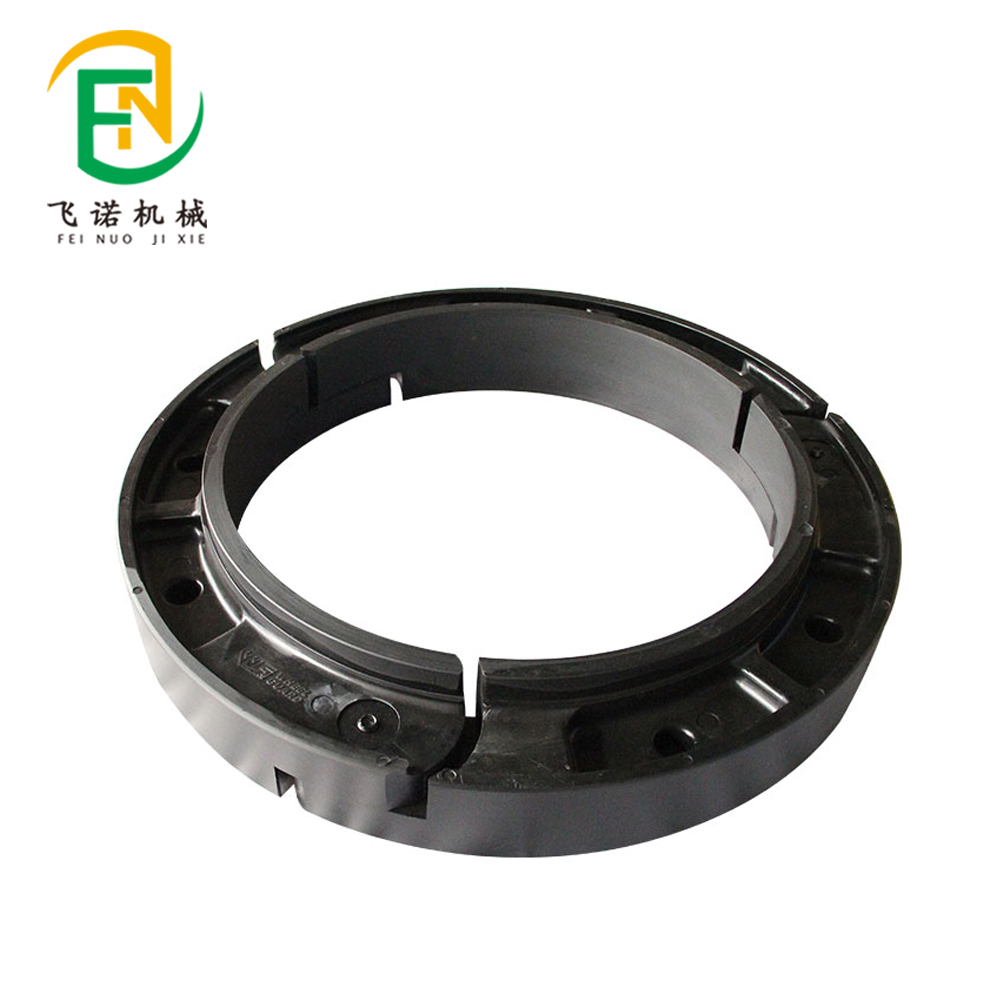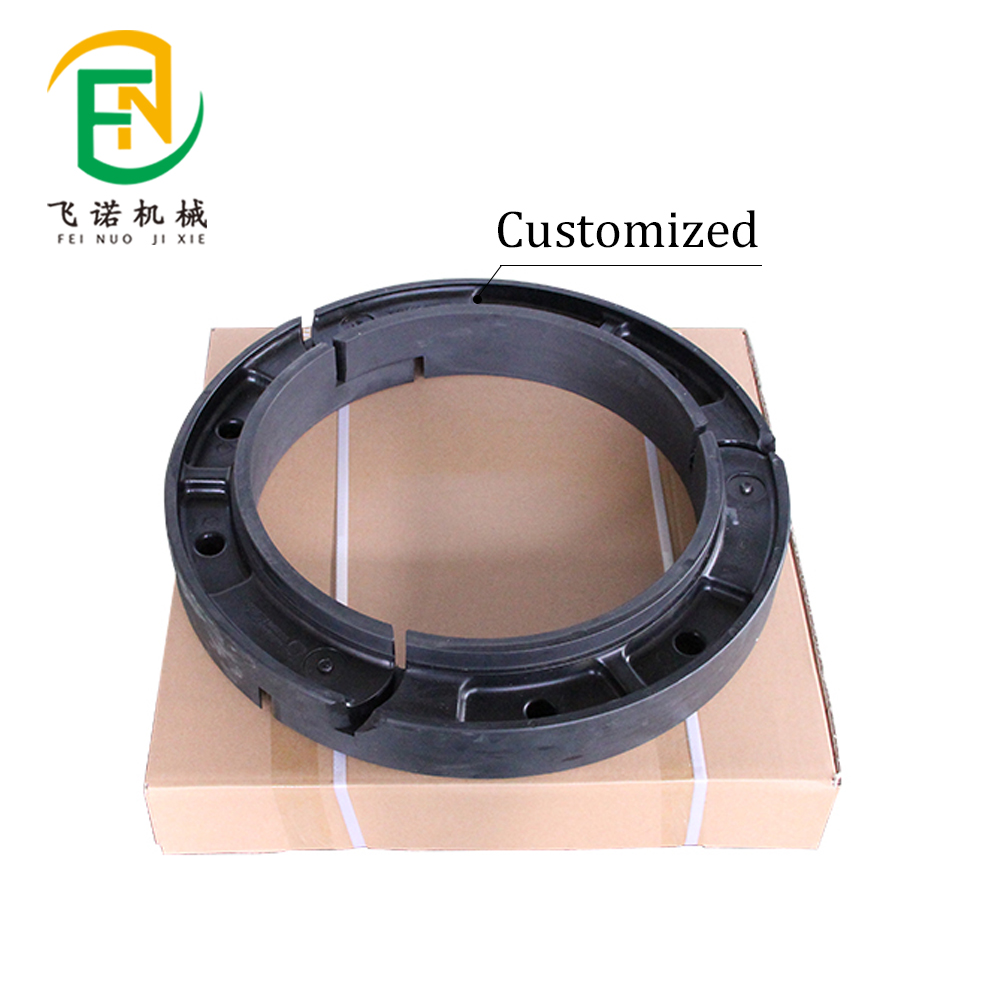- June 23, 2025
- Posted by: feinuojixie
- Category: Run Flat Guide


When we think about revolutionary technology, our minds often drift to advanced processors, artificial intelligence, or ultra-fast wireless networks. Yet behind these flashy innovations lies a foundational material that makes much of it possible—plastic product. Whether it’s embedded in the casing of your smartphone, integrated into the circuitry of a drone, or powering the design of a wearable device, plastic product is a quiet but powerful driver of progress. Its versatility, cost-effectiveness, and adaptability have made it indispensable to tech developers across industries. As we push into an era defined by automation, connectivity, and green energy, plastic product is not just keeping up—it’s leading the way.


From Circuit Boards to Sensors: Plastic Product at the Heart of Electronics
The electronics we rely on daily—from smartphones to laptops to smart home devices—are made possible by plastic product. Printed circuit boards (PCBs), which serve as the nervous system of electronic devices, depend on plastic substrate for insulation and stability. Plastic product also provides protective casings that are heat-resistant, lightweight, and impact-resistant, allowing electronic tools to remain compact yet durable. Even tiny sensors embedded in wearables or IoT devices require specialized plastic components that ensure reliable function in varying environmental conditions. Without plastic product, the miniaturization and portability of modern electronics would be nearly impossible.
Lightweight, Strong, and Smart: Plastic Product in Robotics and Automation
In the rapidly advancing world of robotics and automation, plastic product is enabling new levels of performance. Traditional metal parts, while durable, often add weight and require lubrication or frequent maintenance. Advanced plastic product, such as high-performance polymers and composites, is now replacing metal in robotic joints, gears, and end effectors. These materials offer high strength-to-weight ratios, reduce friction, and extend component lifespan. In industrial automation, robotic systems benefit from lightweight plastic frameworks that improve energy efficiency and response time. Whether in factory floors or autonomous service robots, plastic product is building the backbone of intelligent machines.
Enabling the Green Tech Boom: Plastic Product in Renewable Energy
Plastic product is playing a critical role in the transition to renewable energy. In solar power systems, plastic backsheets and encapsulants protect photovoltaic cells from moisture and UV damage. In wind turbines, plastic product is used in housing enclosures, blade coatings, and insulation systems. Battery technologies for electric vehicles and grid storage rely on plastic product for safety enclosures and thermal management. Even hydrogen fuel cells use advanced plastic membranes to regulate ion exchange. As sustainability demands grow, plastic product is evolving to become recyclable, biodegradable, or sourced from bio-based feedstock—aligning innovation with environmental responsibility.
Transforming Healthcare Technology with Medical-Grade Plastic Product
The intersection of healthcare and technology has given rise to a new generation of plastic product designed for medical use. These materials must meet rigorous standards for sterility, biocompatibility, and mechanical performance. Plastic product is now essential in single-use syringes, IV connectors, surgical instruments, and even implantable devices. Wearable health monitors and diagnostic equipment benefit from lightweight, skin-friendly plastics that conform to the body and collect real-time data. In prosthetics and assistive technologies, plastic product offers personalized design flexibility, allowing for greater comfort and functionality. As healthcare becomes more digital and data-driven, plastic product continues to support safer and smarter medical innovations.
A Key Material in Next-Gen Communication and Connectivity
The high-speed, always-connected world we live in would not function without plastic product. Fiber optic cables—crucial for transmitting internet and telecom data—are protected by durable plastic sheaths that prevent signal loss and environmental damage. The miniaturization of antennas and circuit components in 5G infrastructure requires high-performance plastics that resist heat and electromagnetic interference. Satellite systems, smart antennas, and network hardware all rely on lightweight, formable plastic product to maintain performance in challenging conditions. As the Internet of Things (IoT) and real-time communication networks expand, plastic product will continue to be the material of choice for innovation and reliability.


Plastic Product in AI-Driven Manufacturing and 3D Printing
Smart manufacturing is rewriting how things are made, and plastic product is at the center of this transformation. With AI-enhanced design tools and precision automation, manufacturers are using plastic product for rapid prototyping, custom components, and scalable production. In 3D printing, engineering-grade plastic filament and resins allow creators to produce strong, complex parts directly from digital designs. Plastic product is ideal for producing lightweight tools, jigs, fixtures, and end-use parts in a fraction of the time compared to traditional methods. This shift toward intelligent, flexible manufacturing wouldn’t be possible without the adaptability of plastic product.
The Future Is Shaped by Plastic Product
From the tiniest medical sensor to the vast network of clean energy and digital infrastructure, plastic product is a material of transformation. Its ability to adapt, protect, and perform under extreme conditions makes it an essential force behind today’s technology—and tomorrow’s revolutions. As industries push boundaries in robotics, connectivity, medicine, and sustainability, plastic product will remain a quiet but powerful enabler. The future isn’t just made of code and metal. It’s also shaped—quietly and brilliantly—by plastic product.
